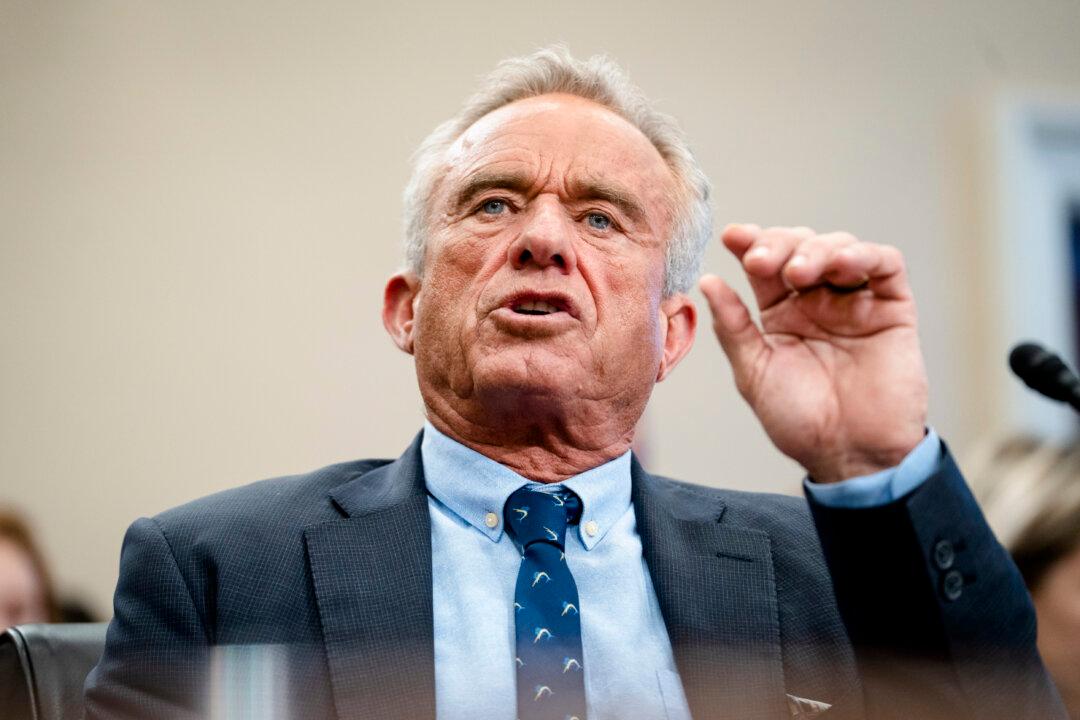Ohio reported just 332 new COVID-19 cases on Tuesday, the ninth straight day the new cases were under projections.
That’s according to WHIO, a local broadcaster that has been comparing the new cases reported each day with a model from Ohio State University’s Infectious Diseases Institute that state officials have frequently cited.





